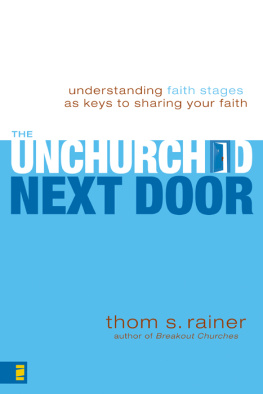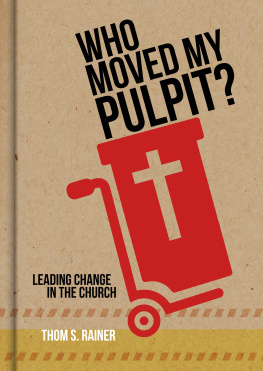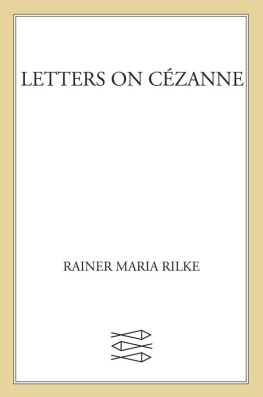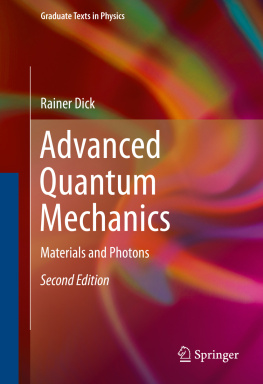Rainer Drath - AutomationML
Here you can read online Rainer Drath - AutomationML full text of the book (entire story) in english for free. Download pdf and epub, get meaning, cover and reviews about this ebook. year: 2021, publisher: De Gruyter, genre: Computer. Description of the work, (preface) as well as reviews are available. Best literature library LitArk.com created for fans of good reading and offers a wide selection of genres:
Romance novel
Science fiction
Adventure
Detective
Science
History
Home and family
Prose
Art
Politics
Computer
Non-fiction
Religion
Business
Children
Humor
Choose a favorite category and find really read worthwhile books. Enjoy immersion in the world of imagination, feel the emotions of the characters or learn something new for yourself, make an fascinating discovery.

- Book:AutomationML
- Author:
- Publisher:De Gruyter
- Genre:
- Year:2021
- Rating:4 / 5
- Favourites:Add to favourites
- Your mark:
- 80
- 1
- 2
- 3
- 4
- 5
AutomationML: summary, description and annotation
We offer to read an annotation, description, summary or preface (depends on what the author of the book "AutomationML" wrote himself). If you haven't found the necessary information about the book — write in the comments, we will try to find it.
AutomationML — read online for free the complete book (whole text) full work
Below is the text of the book, divided by pages. System saving the place of the last page read, allows you to conveniently read the book "AutomationML" online for free, without having to search again every time where you left off. Put a bookmark, and you can go to the page where you finished reading at any time.
Font size:
Interval:
Bookmark:
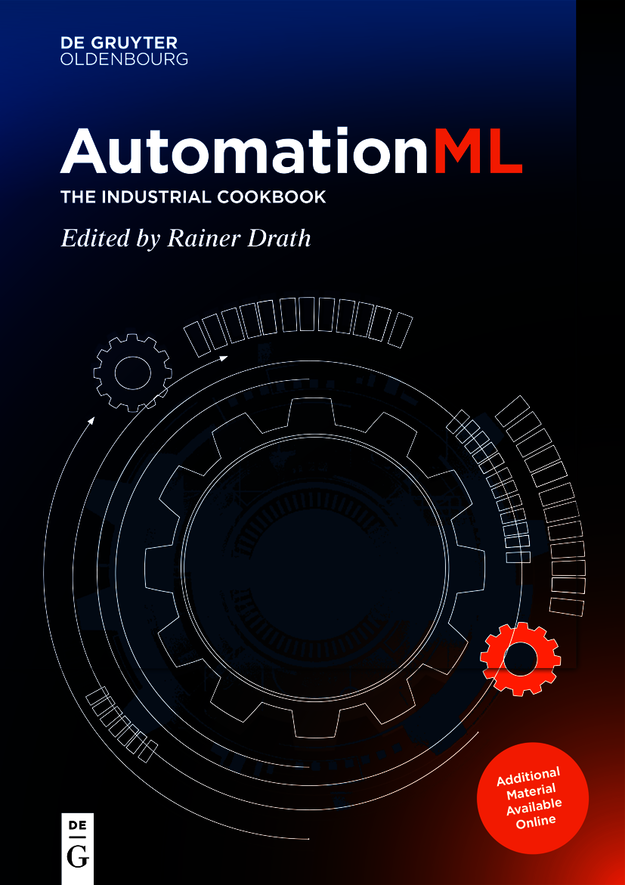
ISBN 9783110745924
e-ISBN (PDF) 9783110745979
e-ISBN (EPUB) 9783110746198
Bibliographic information published by the Deutsche Nationalbibliothek
The Deutsche Nationalbibliothek lists this publication in the Deutsche Nationalbibliografie; detailed bibliographic data are available on the Internet at http://dnb.dnb.de.
2021 Walter de Gruyter GmbH, Berlin/Boston
Rainer Drath (Ed.)
AutomationML
Also of interest
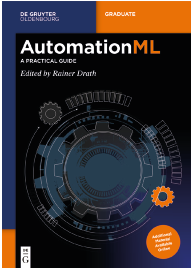
AutomationML
A Practical Guide
Edited by Rainer Drath, 2021
ISBN 978-3-11-074622-8, e-ISBN (PDF) 978-3-11-074623-5,
e-ISBN (EPUB) 978-3-11-074659-4

Robotic Process Automation
Management, Technology, Applications
Edited by Christian Czarnecki, Peter Fettke, 2021
ISBN 978-3-11-067668-6, e-ISBN (PDF) 978-3-11-067669-3,
e-ISBN (EPUB) 978-3-11-067677-8
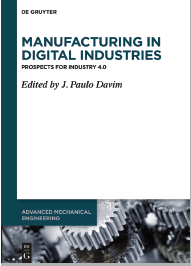
Manufacturing in Digital Industries
Prospects for Industry 4.0
Edited by J. Paulo Davim, 2020
ISBN 978-3-11-057507-1, e-ISBN (PDF) 978-3-11-067669-3,
e-ISBN (EPUB) 978-3-11-067677-8
Part of the series: Advanced Mechanical Engineering
ISSN 2367-3796
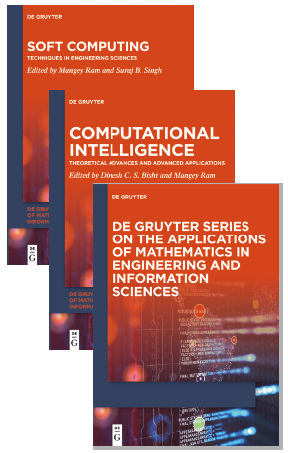
De Gruyter Series on the Applications of Mathematics
in Engineering and Information Sciences
Edited by Mangey Ram
ISSN 2626-5427, e-ISSN 2626-5435
AutomationML
The Industrial Cookbook
Edited by Rainer Drath
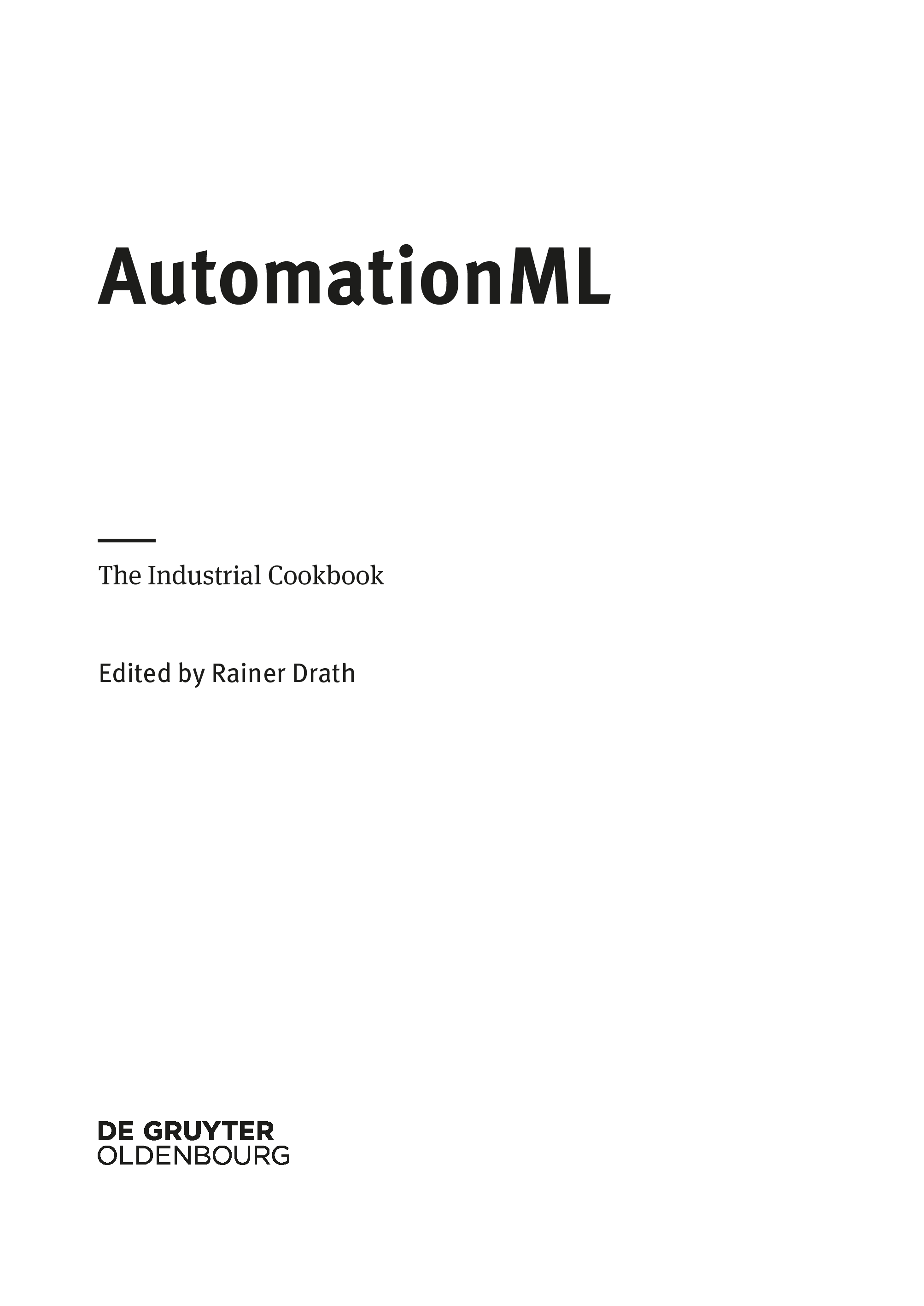
Editor
Prof. Dr. Rainer Drath
Pforzheim University of Applied Sciences
Institute of Smart Systems and Services
Faculty of Technology
Tiefenbronner Str. 65
75175 Pforzheim
Germany
ISBN 978-3-11-074592-4
e-ISBN (PDF) 978-3-11-074597-9
e-ISBN (EPUB) 978-3-11-074619-8
Library of Congress Control Number: 2021937992
Bibliographic information published by the Deutsche Nationalbibliothek
The Deutsche Nationalbibliothek lists this publication in the Deutsche Nationalbibliografie; detailed bibliographic data are available on the Internet at http://dnb.dnb.de.
2021 Walter de Gruyter GmbH, Berlin/Boston
Printing and binding: CPI books GmbH, Leck
Cover image: Rainer Drath, AutomationML e. V.
www.degruyter.com
Almost twenty years ago, the idea of an object-oriented, manufacturer-neutral, computer-readable description of industrial plants was first presented: CAEX, short for Computer Aided Engineering eXchange. In a world of document-oriented engineering tools, this opened up the possibility of loss-free information exchange. Soon afterwards, when internationally standardized in IEC 62424, the concept of a system model structured hierarchically with objects found more and more supporters. CAEX enables both requirements and solutions for engineering tasks to be linked to the plant objects.
CAEX is more than just an XML-based exchange format for engineering data: CAEX can support the engineering workflow consistently and connect previously separate software tools and engineering tasks during the planning, implementation and operation of industrial plants. Because of these strengths, CAEX was chosen to be the backbone of AutomationML. By integrating further description means, such as COLLADA for geometries and PLCopen XML for process descriptions and control programs, AutomationML enables the linking of all planning and operational information to the assets of a system. AutomationML, thus, provides what is necessary to build a digital twin of an industrial plant.
Thereby, AutomationML offers a multitude of application areas: in addition to modelling of industrial plants, it has been applied to model different technical systems such as communication systems, building automation systems, energy supply and distribution networks, but also various kinds of diagrams. In fact, everything which can be structured into objects and links (of whatever type) between them can be modelled with AML and, thus, be transferred to other software tools for further information processing. To this day, more than 2,000 publications from industry and academia report the capabilities and advantages of AutomationML.
A lot of considerations and experiences from practical applications have contributed to the development of AutomationML, which now is available in Edition 2 and further improves the modelling capabilities and reduces the modelling effort. Therefore, it is the right time now for this book, to introduce these advantages to a wider audience.
Though the basic principles of AML are easy to grasp, a more detailed study of the topic is necessary in order to fully benefit from the advantages of AML. This book is ideal reading for the AutomationML expert, who will find valuable programming techniques, application examples, industrial domain models, application recommendations and the latest research results regarding AML. AutomationML can significantly simplify information exchange between software tools throughout the entire life cycle of a plant, for the benefit of engineering service providers, plant constructors, plant operators and manufacturers.
This book is highly recommended to all who want to know how they can participate in this development.
Prof. Dr.-Ing. Alexander Fay , Hamburg, November 2020
Helmut Schmidt University, Hamburg
The AutomationML Initiative was founded in 2006, initiated by Daimler AG. It was intended to generate a neutral data format for engineering data exchange, but a group of pioneers from different companies and universities foresaw the opportunities of data digitalization in the manufacturing industry and developed a data format that is a full-fledged modelling language. Today, 14 years later, AutomationML is a wellknown and accepted technology and already established in industry.
The basic motive of AML is cost savings. Cost-saving is always on the mind of the customer of industrial automation. In our highly developed economies, the cost of skilled labour is most of the time far more significant than material or equipment cost. Nevertheless, all too often engineers are confronted with a situation where they have no possibility to reuse the results of their fellows. A lack of open interconnection between engineers in an automation project leads to exploding costs. Caused by a fragmented documentation and tool landscape, this complex is the cause of many a failed project and hampers the growth of future markets in automation significantly. The story we tell in this book is a different one. It is the story of how openness can make your work better.
This book summarizes the results of some of the most distinguished experts on the Automation Markup Language, AutomationML. While the actual writing of this book took up a comparatively short time, partly helped by widespread travel restrictions during a global pandemic, the contents were fourteen years in the making. Since 2009, the AutomationML e.V. is home to a regular exchange of experts on AutomationML who work together to further develop AutomationML applications and recommendations. It is our hope that you can grasp the spirit of constructive, interdisciplinary collaboration that was the driving force behind this book.
Font size:
Interval:
Bookmark:
Similar books «AutomationML»
Look at similar books to AutomationML. We have selected literature similar in name and meaning in the hope of providing readers with more options to find new, interesting, not yet read works.
Discussion, reviews of the book AutomationML and just readers' own opinions. Leave your comments, write what you think about the work, its meaning or the main characters. Specify what exactly you liked and what you didn't like, and why you think so.

